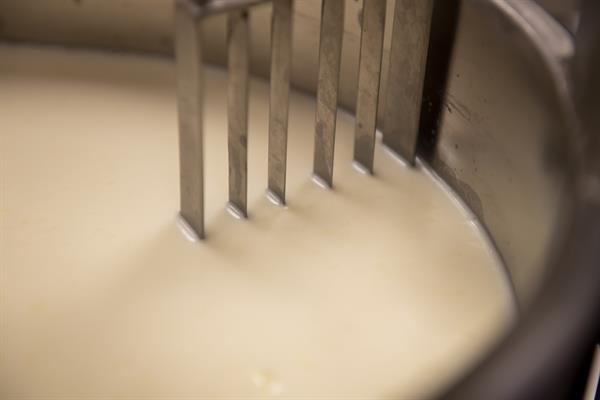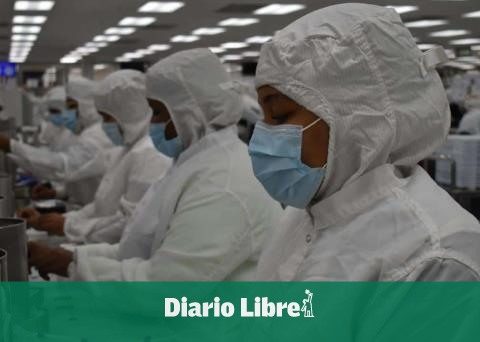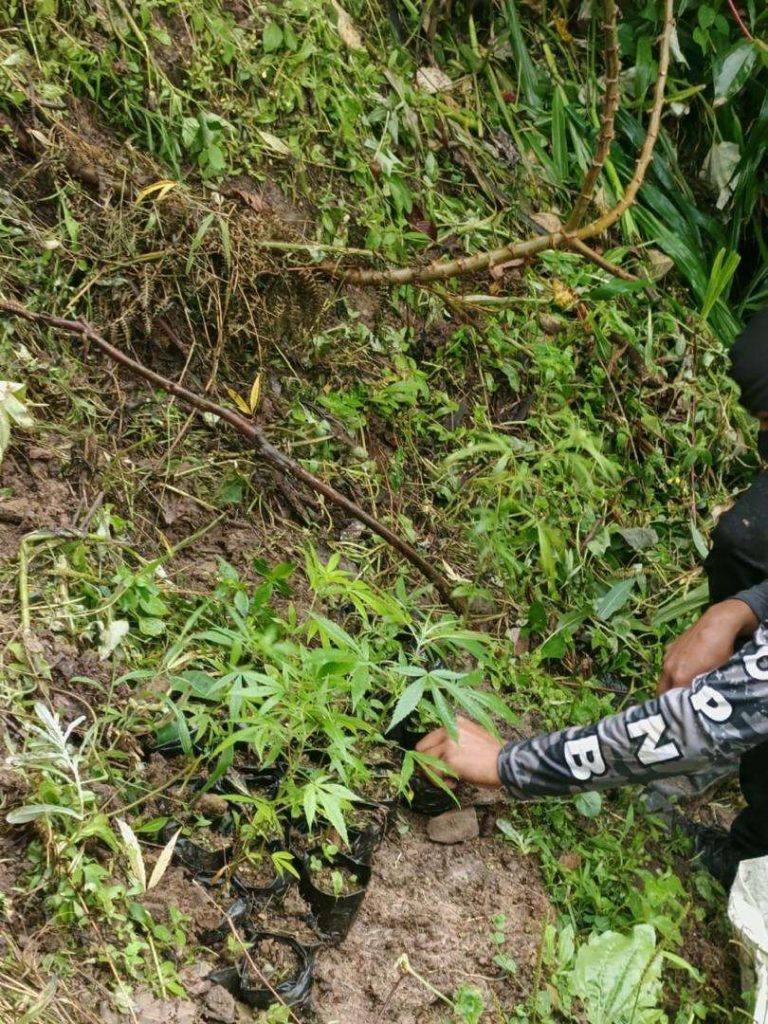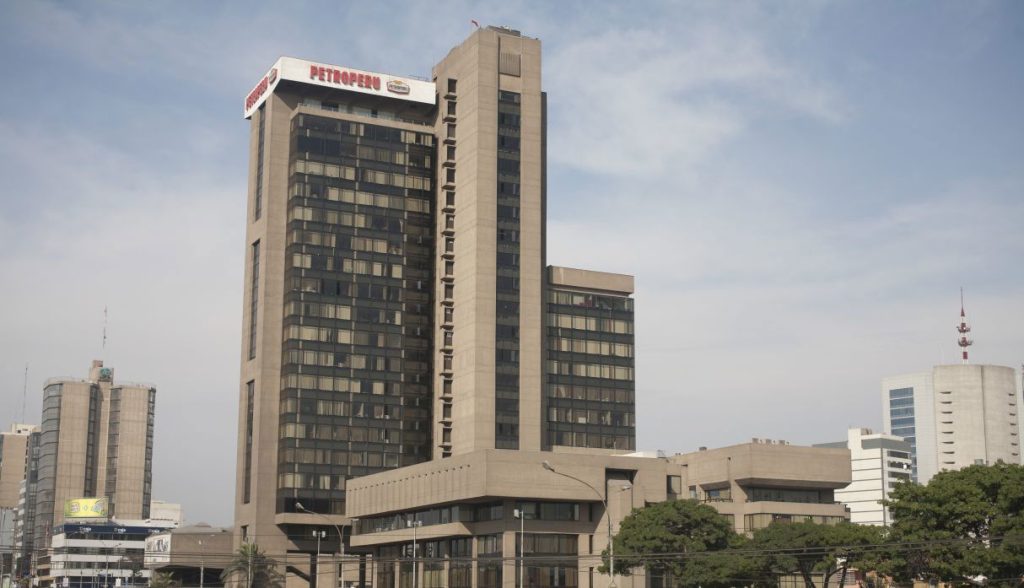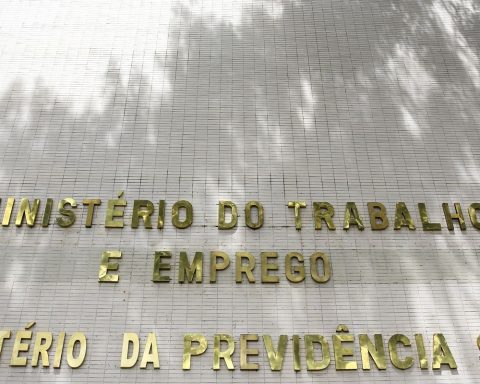Madrid, Aug 29 (EFE).- Microbes are found in the human body, in the soil, on the seabed or inhospitable places on Earth, but also in the meal, about which little is known. Scientists created a large database with the genetic information of microorganisms 2,533 food sources (of food and its environments).
This atlas of the food microbiome was made from the analysis of metagenomes – all the genetic material of the set of microorganisms in an environment- of sources from 50 countries, Spain too. The public archive will make it possible to identify undesirable microbes, follow microbial life throughout the food chain and improve food.
The study, the largest on microbiomes in food, is published in the journal Cell and also shows, by comparing the database with almost 20,000 human metagenomes, that microbes linked to food account for on average around 3% of the intestinal microbiome of adults and the 56% of infants.
Behind the research is the international Master consortium, which, with 29 partners and European funding, was launched in 2019 to map the microbiomes of different food environments. The project, now complete, is coordinated by Paul Cotter, from Teagasc, the agricultural and food development authority of Ireland.
On the Spanish side, researchers from several centres of the Spanish National Research Council (CSIC) participated and their work focused on the analysis of artisanal cheeses from Asturias (northern Spain).
Food microbiologists have been studying and testing food safety for more than 100 years, but modern DNA sequencing technologies have been underutilized, Cotter says. “This is the starting point of a new wave of studies in this field in which we make the most of the available molecular technology.”
Traditionally, food microbes have been studied by growing them one by one in the laboratory, but the process is slow and not all of them can be cultivated easily, recall the two press releases from the journal and the CSIC.
To characterize the food microbiome more completely and efficiently, the researchers turned to metagenomics, a molecular tool that allowed them to simultaneously sequence all the genetic material in each food sample.
In total, the team analyzed 2,533 metagenomes associated with foods from 50 countries, including 1,950 metagenomes sequenced for the first time. These were derived from a variety of food types and their environments, of which 65% were dairy products, 17% fermented beverages and 5% fermented meats.
These metagenomes of microbial communities contain bacteria, fungi and yeasts. 10,899 microbes were identified, half of which were unknown species.
Similar foods tended to harbor similar types of microbes—for example, the microbial communities of different fermented beverages were more similar to each other than to the microbes in fermented meat—but there was more variation among dairy products, likely due to the larger number of dairy products studied.
Tracking the food
Although the scientists did not identify many pathogenic bacteria in the samples, they did observe some microbes that might be less desirable because of their impact on food taste or preservation.
Knowing which microbes belong in which types of food could help producers – both industrial and small – produce more consistent and desirable products, the authors say.
It also requires food regulators to define which microbes should or should not be in certain types of food and to authenticate the identity and origin of “local” foods.
In this sense, the study shows that the food from each local facility or farm has unique characteristics.
In Spain, for example, work environments were analyzed 28 cheese factories belonging to the Asturian Association of Artisanal Cheesemakers.
The scientists studied samples from the entire process, from when the milk enters the dairy until the cheese leaves the supermarket. They examined utensils, vats, different surfaces and samples from the workers themselves, Abelardo Margolles, from IPLA (Institute of Dairy Products of Asturias), explained to EFE, because this is the only way to obtain information about microbes throughout the chain.
They also found that the cheeses from each facility had unique characteristics.
This is important because the specificity and quality of local foods could be associated with their microbiome, and even makes it possible to use the metagenome as a marker of food authenticity, representing «a powerful tool» to ensure its traceability and origin.
Implications for human health
In addition to authentication, Margolles points out that this library will also delve into food safety. For example, it will facilitate the identification and location of a possible source of contamination and could even help select the most suitable disinfectants or prevent the spread of antibiotic resistance genes.
He adds: “The idea is that this public database will be a seed for other researchers to come and deposit their food and environment metagenomes there, whatever they may be.”
